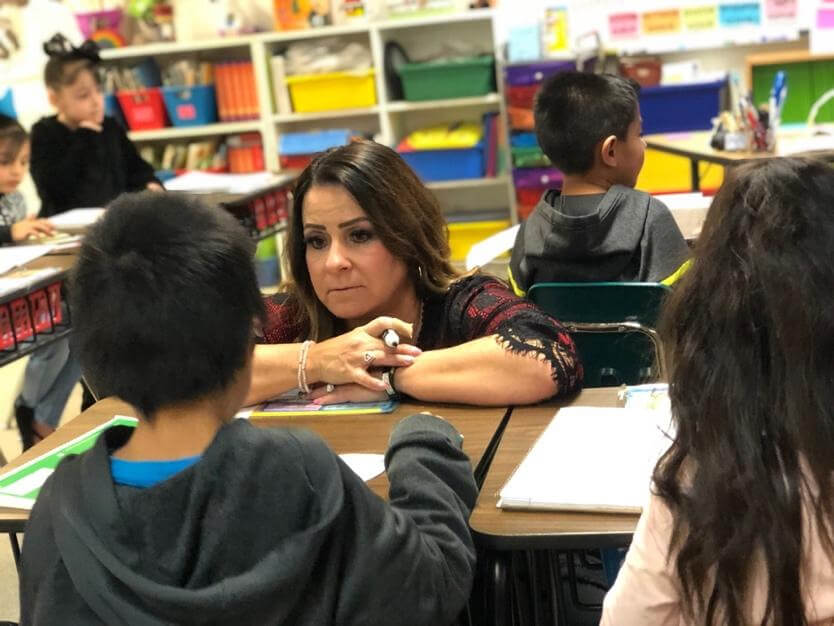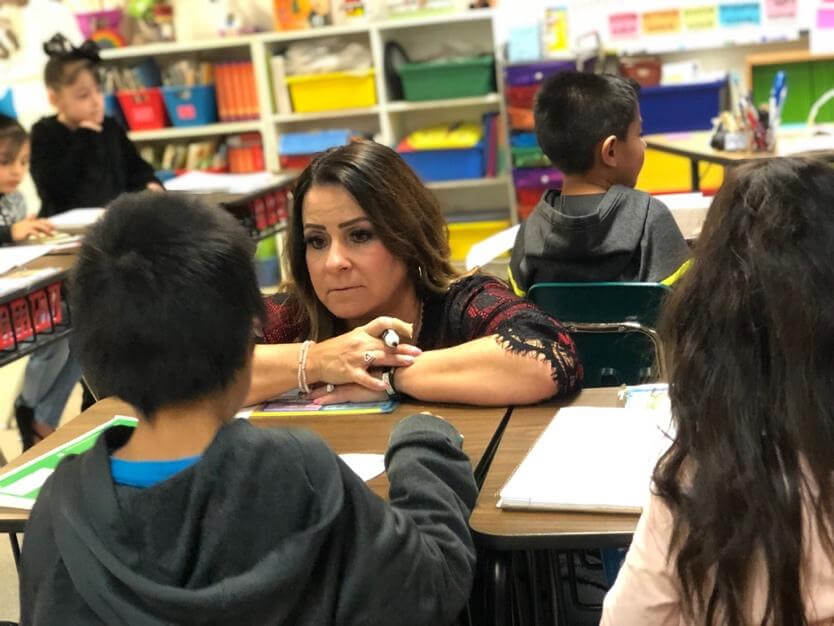Understanding Cultural Backgrounds
Understanding the cultural backgrounds of ELLs is crucial. Each student brings a unique set of experiences, traditions, and values to the classroom. Teachers can build a supportive learning environment by showing respect for these differences and incorporating culturally relevant materials into lessons. This not only makes students feel valued but also enriches the learning experience for all students.
Building Strong Relationships
Building strong, trusting relationships with ELLs is foundational. Take time to learn about their interests, strengths, and areas where they may need additional support. Working with English Language Learners Establishing a rapport can boost their confidence and encourage them to take risks in using English. Regular, positive interactions with students and their families can also foster a sense of community and belonging.
Differentiating Instruction
Differentiated instruction is essential for meeting the varied needs of ELLs. This involves tailoring teaching methods and materials to accommodate different learning styles and language proficiencies. Strategies include using visual aids, graphic organizers, and hands-on activities to make content more accessible. Simplifying language without diluting content ensures that ELLs can grasp key concepts while developing their language skills.
Using Visuals and Technology
Visual aids, such as pictures, diagrams, and videos, can bridge language gaps and enhance comprehension. Technology tools, including language learning apps and online resources, can provide interactive and engaging ways for ELLs to practice their English skills. For instance, platforms like Duolingo and Rosetta Stone offer personalized language practice, while educational videos on YouTube can reinforce lesson content visually and audibly.
Encouraging Peer Interaction
Peer interaction is a powerful tool for language acquisition. Group activities and cooperative learning strategies allow ELLs to practice English in a social context. Pairing ELLs with supportive, fluent English-speaking peers can provide them with models of natural language use and foster a collaborative learning environment. These interactions help ELLs develop both language and social skills.
Scaffolding Instruction
Scaffolding is a teaching technique that involves providing temporary support to help ELLs achieve independence in learning. This can include breaking down tasks into manageable steps, offering sentence starters, or pre-teaching vocabulary. As ELLs become more proficient, gradually reduce the support to encourage independent learning. This approach helps students build confidence and competence over time.
Focusing on Academic Language
Academic language, the language used in textbooks and classroom discussions, can be particularly challenging for ELLs. Explicit instruction in academic vocabulary and language structures is necessary. SIOP Institute Teaching strategies like word walls, vocabulary journals, and interactive read-alouds can reinforce the acquisition of academic language. Integrating language objectives into content lessons ensures that ELLs develop the skills needed to succeed academically.
Providing Feedback and Encouragement
Timely, constructive feedback is vital for ELLs. Positive reinforcement and specific feedback on language use and content understanding can motivate students and guide their learning. Celebrate their progress and efforts, and provide opportunities for self-assessment to help them take ownership of their learning.






Comments